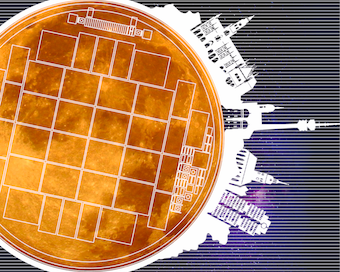Speaker
Description
Over the last few years, Fondazione Bruno Kessler, in collaboration with the universities of Trento and Turin, has been involved in the development of silicon sensors with low internal gain (x10-x20), the so-called LGAD or UFSD (Ultra Fast Silicon Detectors). Despite such a technology exhibits outstanding performance in terms of timing resolution, it is well known that LGADs are affected by a pronounced gain loss effect when irradiated by neutrons and protons.
A new LGAD batch has been produced at FBK on Silicon-to-Silicon wafers with a thickness of 50 $\mu$m, in order to improve both the timing performance and test new mechanisms to increase the radiation hardness of the devices. In particular, two different dopant elements (Boron and Gallium) have been used to realize the multiplication junction (or Gain layer), as well as carbon co-implantation has been tested on some wafers. In addition, we realized samples with different doping profiles of the Gain layer, by controlling the thermal diffusion of Boron.
We will report on the electrical and functional characterization of these devices, discussing the effect of doping and carbon co-implant on the detector noise and gain.
